What Is Synthetic Stucco
What is Synthetic Stucco?
Why Was Synthetic Stucco Used?
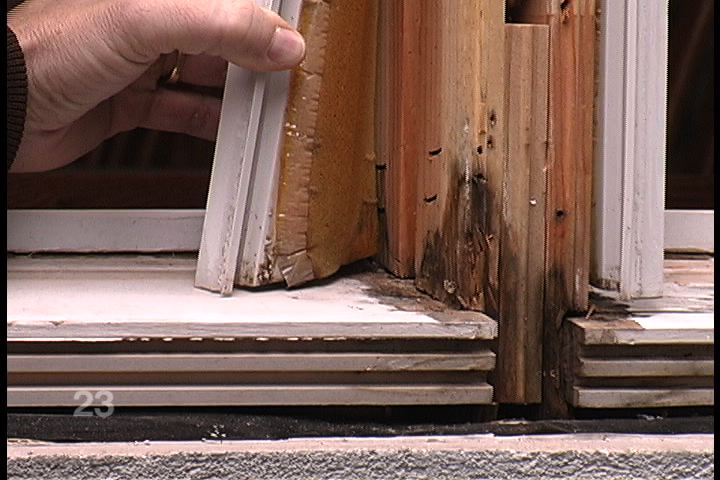
What are the problems with Charlotte EIFS?
In the early 1990’s, problems were discovered on homes with EIFS located in Wilmington, North Carolina. Removal of the stucco revealed extensive structural damage to the homes as a result of moisture intrusion behind the stucco. Local building officials called in the builders, architects, and stucco manufacturers to evaluate the problem.
The examination of the home revealed moisture was intruding behind the stucco cladding, as a result of poor design and installation. Installation defects include failure to install proper window, door, and kickout flashings, and leaking windows. In addition to the moisture related problems, it was discovered that the foam behind the stucco, when installed at or below grade, was conductive to termite and fire ant infestation.
As a result of problems discovered with synthetic stucco cladded homes, inspection and testing protocols were created. Adopting Charlotte’s Moisture Warranty stucco inspection protocols, the Exterior Design Institute, located in Virginia, was formed to educate and train independent, third party, eifs inspectors.
Synthetic Stucco Inspections
The visual inspection accesses the installation of the stucco. The inspector verifies whether flashings are properly installed. The stucco is checked for any signs of damage, cracking, and delamination. The inspector will determine if the stucco system terminates above or below grade. The windows and doors, porches and decks, and utility penetrations are carefully examined.
The Charlotte home is then scanned for moisture using a non-invasive meter, typically a Tramex Wet Wall Scanner. This type of meter will scan up to 3 inches behind the stucco for any signs of moisture. The drawback to this type of meter is that false positives may occur as a result of metal installed behind the stucco, such as metal studs, electrical wiring, and plumbing piping. Inspection protocols require that specific areas be tested using a probe meter. With permission from the homeowner, two holes are drilled in each probe location. The probe meter will provide readings of the actual moisture content of the sheathing behind the stucco. Moisture readings below 14% are considered low, between 14 and 18% medium, and readings above 18% high. Moisture levels above 25% for an extended period are conducive to rot to the wood framing and sheathing, as well as mold and mildew.
All readings are recorded, and digital color photos are taken to document the condition of the system, including components installed correctly and incorrectly. A computer report is compiled from this data.
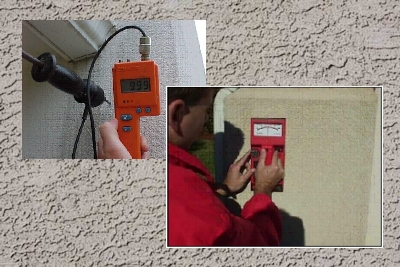


Latest Stucco Information
Stucco Follow-up Inspections
Protect your Charlotte NC investment with regular stucco follow-up inspections. Our detailed assessments help maintain the integrity of your home, preventing costly repairs and ensuring peace of mind.Identify potential issues such as cracks or moisture before they...
Are there still problems with Synthetic Stucco Homes?
Explore the ongoing challenges faced by homeowners with EIFS cladding installed in the late 1990s and early 2000s, and learn how to address potential moisture issues effectively.Advanced techniques to identify hidden moisture problems in EIFS systems.Comprehensive...
Benefits of Owning and Living In a Carolina Synthetic Stucco (EIFS) Home
More energy efficient than many other types of claddings. Exterior Insulation and Finish Systems (EIFS) add to the “R-value” of a home or building. (R-value is a measurement of the resistance to heat flow; the higher the R-value, the better the material’s insulating...
We provide stucco home inspection services in the greater Charlotte NC Lake Norman region
We have inspected thousands of stucco homes in the greater Lake Norman Charlotte area as well as throughout the Southeast and have found numerous problems due to improper installation practices. Most problems are easily corrected but some are severe and can be very...
Charlotte Stucco Inspections and Surrounding Areas
We have inspected thousands of stucco homes in the greater Lake Norman Charlotte area as well as throughout the Southeast and have found numerous problems due to improper installation practices. Most problems are easily corrected but some are severe and can be very...
How to Minimize Stucco Cracking
Stucco will crack when the imposed tensile stresses exceed the tensile strength of the stucco and lath combination. Tensile stresses are caused primarily by shrinkage of the stucco during the curing process. Shrinkage of stucco has been studied over the years and is...
The Stigma Associated with Carolina Stucco Homes
Carolina stucco real estate professionals, you’re undoubtedly aware of the stigma associated with stucco or "Dryvit" homes, and the real estate transactions that have been ruined by the problems related to stucco. You get a listing on one of these homes, a moisture...
Homeowners Guide To Maintaining A Stucco Home
A brief visual inspection can alert you to potential trouble spots. Check roof / wall intersections (kickouts) to see if an angled piece of flashing has been installed to divert the flow a of water away from the vertical wall Check the lower corners of windows for any...
Is the home Stucco Hard-Coat Stucco or is the home EIFS Synthetic Stucco
Installation in and around the Greater Charlotte Lake Norman NC region. Barrier EIFS is comprised of a base coat and finish coat applied over an EPS board that is attached directly to the sheathing using fasteners or an adhesive. The system provides no avenue for...
Moisture Testing Procedures
Specific, high-risk locations, such as areas under windows, roof flashings and decks are tested for moisture using an electrical resistance-type probe meter. Additionally, the surface of EIFS is scanned under high-risk locations using a Tramex Wet Wall Meter. Any...

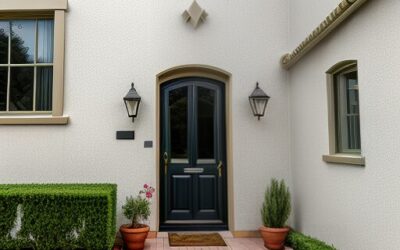
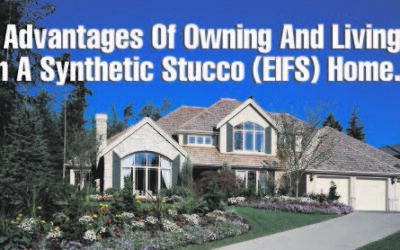
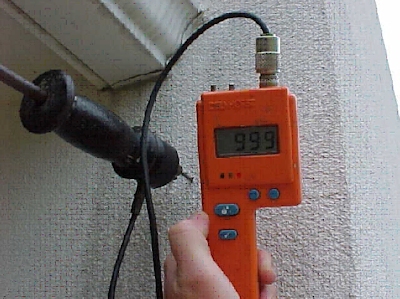
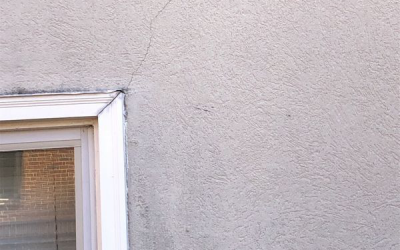
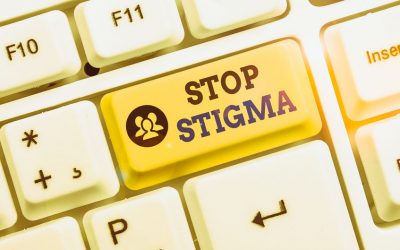

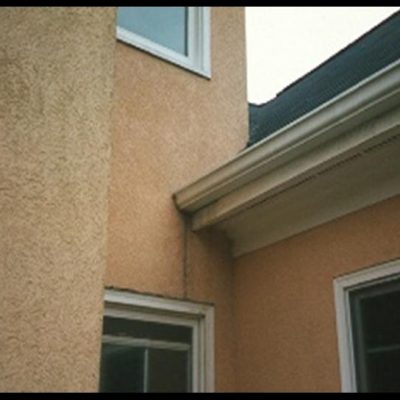

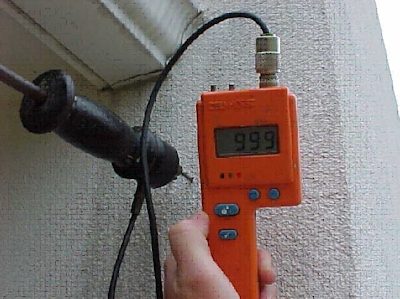
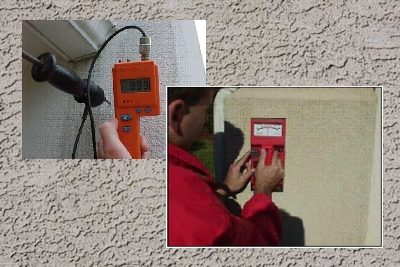
Recent Comments